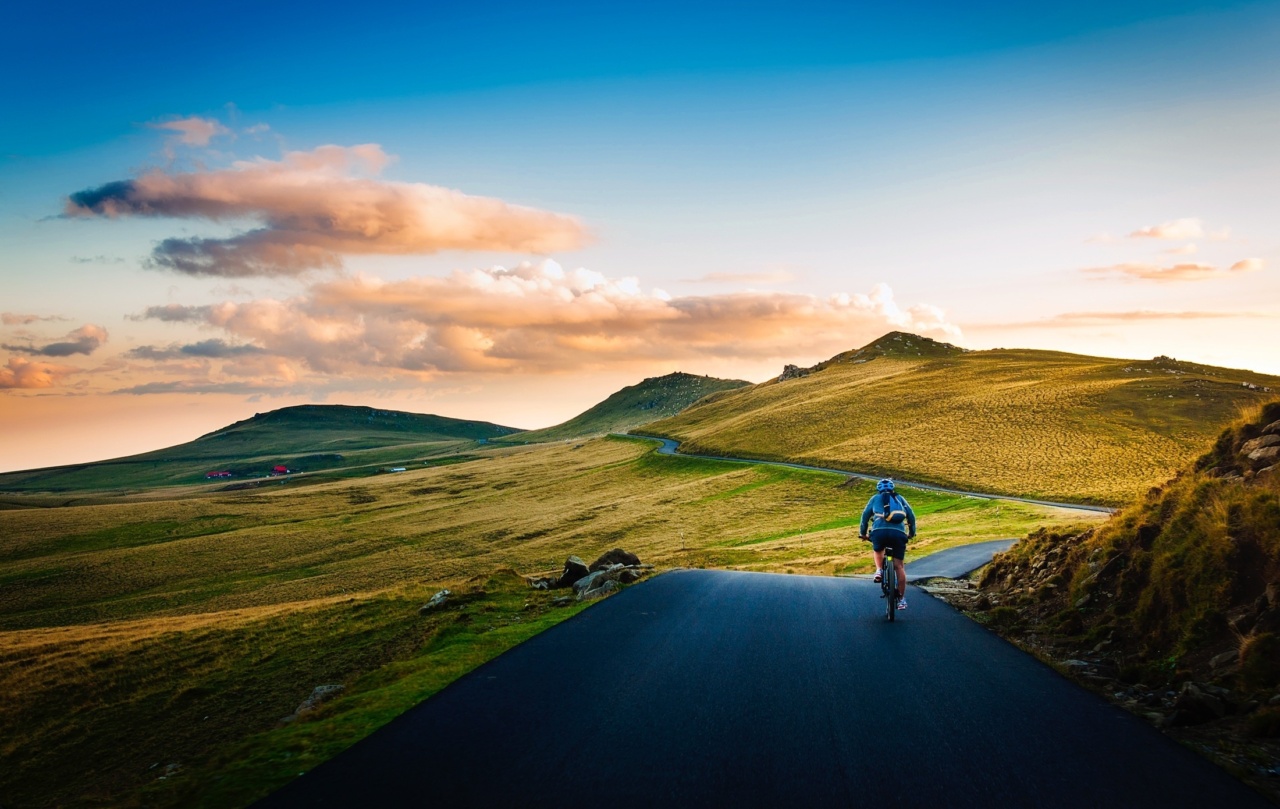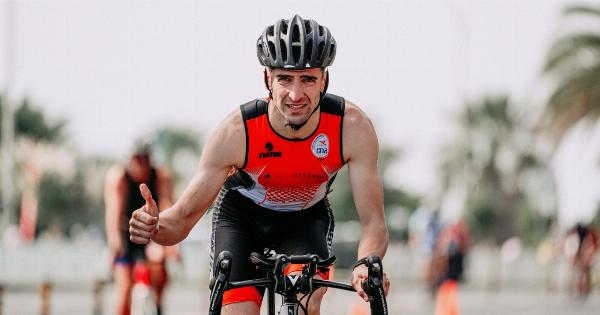Research has recently uncovered a surprising link between road cycling and a reduction in bone density. While cycling is often praised for its numerous health benefits, this particular finding highlights a potential drawback of the sport.
This article delves into the study that unveiled this association and explores the implications it may have for cyclists.
The Research Study
A comprehensive research study conducted by a team of scientists set out to investigate the impact of road cycling on bone health. The study involved a group of avid road cyclists and a control group of non-cyclists.
Over the course of several months, the participants underwent a series of tests and measurements to assess their bone density.
Findings
The results of the study were striking. The research team discovered that road cyclists had significantly lower bone density compared to non-cyclists.
This reduction in bone density was particularly evident in the hips, spine, and lower body, areas that experience the most stress during cycling.
Possible Explanations
Several theories have been proposed to explain why road cycling may lead to a reduction in bone density:.
1. Lack of Weight-Bearing Impact
Unlike activities such as running or weightlifting, road cycling is a low-impact exercise. The body is not subjected to the same level of gravitational force, resulting in reduced stress on the bones.
This lack of weight-bearing impact can contribute to the decline in bone density observed in cyclists.
2. Limited Variation in Movement
Road cycling involves repetitive motions, primarily in a seated position. While this motion is excellent for cardiovascular fitness, it limits the variety of movements that stimulate bone growth.
Bones respond best to diverse forces and angles, which may be lacking in the repetitive nature of road cycling.
3. Energy Drain and Nutritional Deficiencies
Road cycling is a demanding endurance sport that requires a significant expenditure of energy. This can lead to a caloric deficit and potentially inadequate nutrient intake.
Calcium, vitamin D, and other key nutrients necessary for bone health may not be adequately replenished, further contributing to the reduction in bone density.
Implications for Cyclists
The implications of this research for cyclists are twofold:.
1. Increased Risk of Osteoporosis
Low bone density is a significant risk factor for osteoporosis, a condition characterized by weakened bones that are prone to fractures. Cyclists may face a higher risk of developing osteoporosis later in life due to their reduced bone density.
This emphasizes the importance of incorporating bone-strengthening exercises and maintaining a nutrient-rich diet.
2. Injury Risk
Weaker bones can also increase the risk of fractures and injuries, especially in the event of a fall or accident during cycling.
Cyclists should be aware of this potential risk and take necessary precautions such as wearing protective gear and practicing safe cycling techniques.
Addressing the Issue
While the research findings may be concerning, there are steps cyclists can take to mitigate the potential negative effects of road cycling on bone density:.
1. Strength Training
Incorporating weight-bearing exercises and strength training into a cyclist’s routine can help stimulate bone growth and improve bone density.
Activities such as weightlifting, hiking, and even high-impact exercises like jumping can have a positive impact on bone health.
2. Balanced Nutrition
A well-rounded and nutrient-dense diet is crucial for maintaining strong bone health. Cyclists should focus on consuming adequate amounts of calcium, vitamin D, and other essential nutrients through a variety of whole foods.
Consultation with a nutritionist may be beneficial in ensuring optimal dietary choices.
3. Cross-Training
Engaging in diverse physical activities can provide the bone with different types of stimulation, promoting overall bone health.
Incorporating cross-training activities such as swimming, yoga, or team sports can help counterbalance the potential negative effects of road cycling.
In Conclusion
While road cycling offers numerous benefits for cardiovascular fitness and overall well-being, it is essential for cyclists to be aware of the potential impact on bone density.
By implementing a balanced approach that includes strength training, adequate nutrition, and cross-training, cyclists can maintain strong bone health and mitigate the risks associated with reduced bone density.































